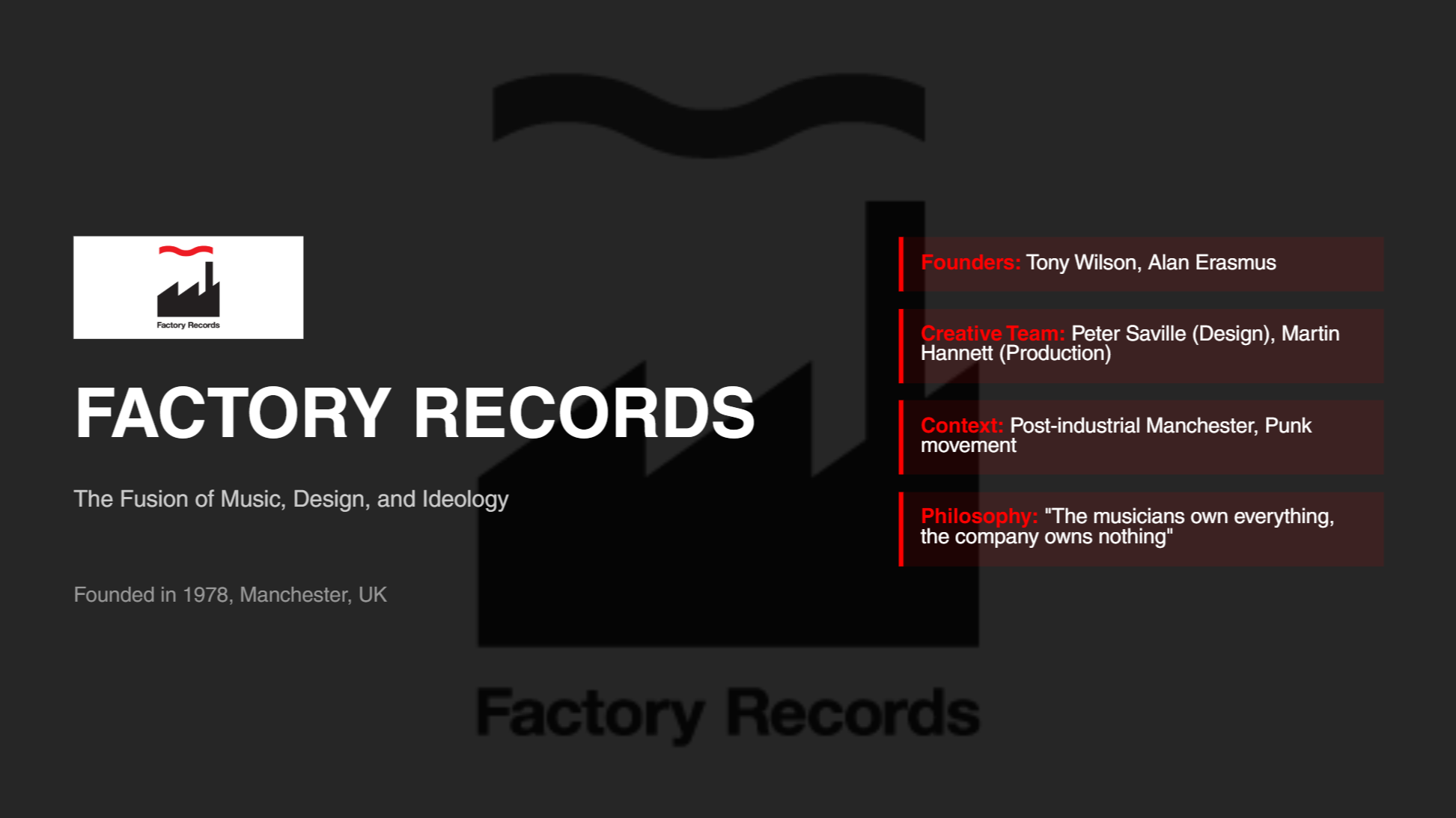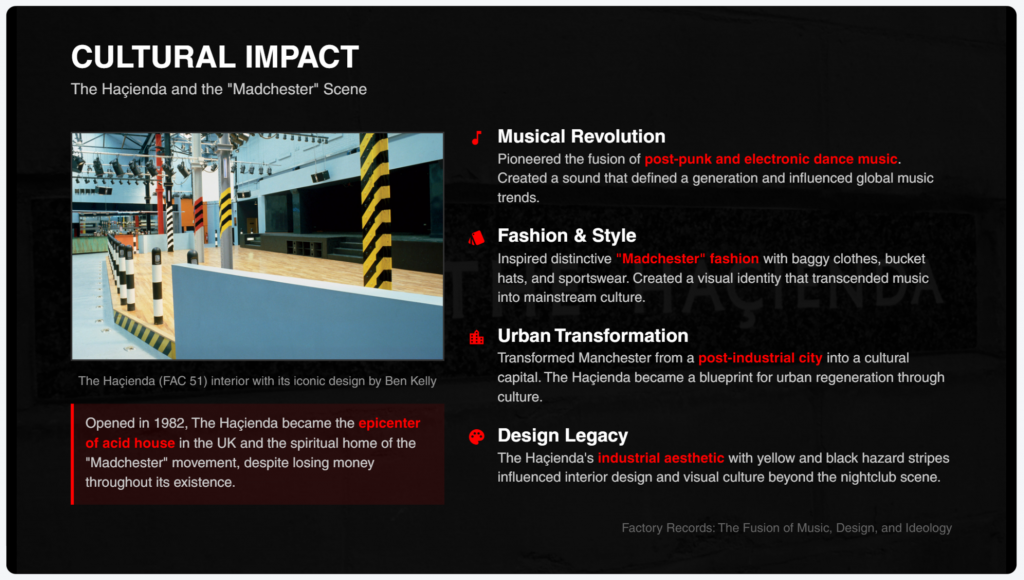Physical Address
304 North Cardinal St.
Dorchester Center, MA 02124
Physical Address
304 North Cardinal St.
Dorchester Center, MA 02124


In recent years, AI has shifted from a niche technology to a driving force across industries, reshaping how we work, create, and think. But just how far can its influence reach? While much of the conversation around AI’s capabilities has focused on automation, productivity, and data processing, one of the most profound and often overlooked transformations is in the realm of creativity. Whether it’s composing music, painting art, or even writing novels, AI is asserting its role as a powerful tool for creators.
The question is: Could AI soon be considered a creative “superpower”?
Historically, creativity has been one of the last frontiers for machines. The human ability to innovate, think abstractly, and produce work with emotional depth was considered an irreplaceable hallmark of the human experience. But now, AI is challenging this notion. With tools like DALL·E for art, ChatGPT for writing, and even Jukedeck for music, AI is making its mark in creative fields in ways we never expected.
One of the more striking examples of AI’s influence on creativity is its ability to rapidly generate highly polished and complex content. Traditional methods of creating presentations, for example, can take hours or even days of research, design, and editing. Now, AI tools like z.ai are demonstrating how quickly and efficiently AI can synthesize information, present insights, and create visual designs.
One compelling example of AI’s creative prowess is a slide deck created by z.ai on the history of Factory Records, a record label known for its impact on the Manchester music scene and its association with iconic bands like Joy Division and New Order.
What makes this example so impressive is not just the content, but the speed at which it was created. In just a few seconds, z.ai produced a polished slide deck detailing the history of Factory Records, with visually engaging slides that included historical context, key figures, and design elements that would typically require hours of research, writing, and formatting. That’s not all. You could ask it to produce a slide deck on any subject.
Here’s the link to explore it: Factory Records Slide Deck by z.ai
That’s not all. You could ask it to produce a slide deck on any subject. For example: ‘Create a slide deck on how the Ptarmigan returned to the town of Grindavik when it was evacuated due to an impending eruption from the nearby volcano’ results in: Grindavik slide deck
This isn’t just automation — it’s the fusion of data, design, and storytelling that showcases AI’s ability to replicate and even surpass traditional creative processes.
Google’s Notebook LM can produce a podcast on the subject just as quickly Podcast on Grindavik
AI’s creative potential lies in its ability to learn, adapt, and apply patterns across vast amounts of data. This allows AI to create not only original pieces but also works that are deeply informed by context. With tools like z.ai, creators and businesses alike can leverage the power of AI to boost their productivity, generate new ideas, and enhance the quality of their work.
Some notable benefits include:
Despite the impressive capabilities of AI, there’s a common concern that it could eventually replace human creativity entirely. But as with all technology, AI is a tool, and its impact largely depends on how it’s used. While AI may be able to replicate certain aspects of creative work, it lacks the raw emotional depth, cultural context, and personal experience that human creators bring to their work.
Moreover, AI’s creative potential doesn’t necessarily negate the need for human input. Instead, it opens new doors for collaboration between humans and machines. It can provide inspiration, streamline the creative process, and serve as a springboard for new ideas.
Is AI the new superpower in the world of creativity? The answer is more complex than a simple yes or no. While AI is undeniably transforming the creative landscape, it is not replacing human ingenuity. Instead, it’s enhancing and augmenting it, offering new possibilities for innovation and expression. For creators, businesses, and industries, the key will be to harness AI’s power without losing sight of the human touch that makes creativity so special.
As AI continues to evolve, we may just find that the line between machine and creator becomes increasingly blurred – and that might be the greatest creative revolution yet.